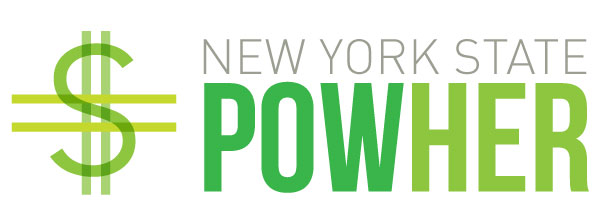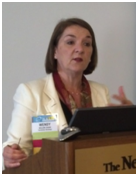Today NPR posted an interview with Tristan Walker, Founder and CEO of Walker and Company Brands and the non-profit, CODE2040 and J.J. McCorvey, author and Associate Editor for Fast Company, on how Mr. Walker is working to increase diversity, specifically representation of Blacks and Latinos in Silicon Valley and high tech. http://www.npr.org/blogs/alltechconsidered/2014/11/11/363012130/tech-star-wants-to-make-diversity-plug-and-play-for-silicon-valley Mr. Walker has earned kudos for investing in efforts aimed at resolving the demographic gap (based on race and ethnicity), in high tech through his non-profit organization. CODE2040 addresses the issues of effective recruitment, access and networking, and the preparedness of graduates to successfully interview and get hired. Through his substantial influence as a highly visible and powerful CEO in Silicon Valley, Mr. Walker has been able to encourage large high tech companies to both donate to his non-profit and participate in CODE2040’s fellowship program and other initiatives. http://code2040.org/ These efforts should create a noticeable shift in both demographics and the success of people of color working in Silicon Valley if they are sustained.
Is Silicon Valley Ready for Diversity?
While Mr. Walker and others prepare potential employees to successfully enter and navigate the high tech world, I propose that we need an equally concerted effort to prepare the current leaders of the high tech world to successfully evolve into inclusive leaders. I have seen well-intentioned and deeply resourced efforts to ‘diversify’ an organization’s workforce fail miserably because the focus was on numbers, not relationships. I posit that most of the new job candidates who are fortunate enough to be participants in programs such as CODE2040’s will be quite adept at making the cultural observations that are a necessary element of a successful career. Those of us who have occupied the role of ‘the other’ in society learn at an early age to observe and understand the nuances of the dominant (white, heterosexual, male, Christian), culture as a survival tool. Those in dominant roles rarely pay serious attention to the subtle social cues of the ‘minority’ cultures around them. I have conducted hundreds of interviews with individuals whose intent was never to discriminate, but whose actions (yes, words count as actions), had the impact of discriminating against others. In the incredibly speedy world of high tech, people want a quick fix for problems. My programming friends might be called upon to develop a ‘patch’ to keep things going while a long-term or permanent solution to a problem is developed. The impact of thousands of years of discrimination, which is hardly limited to Silicon Valley or high tech fields, will not be resolved with a patch, however. Solutions need to be implemented that are strategic, practical, and sustainable.
[See my blog post from September 2013 “There is NOT an App for That!” https://www.inclusionstrategy.com/blog/?p=15 ]
What to Do?
While the future leaders of Silicon Valley are still in their first and second year as undergraduates, the leaders of Silicon Valley need to prepare themselves for the cultural changes that they organizations will need to go through when those students graduate and enter the workforce. Highly developed cultural competency will become a survival tool for all leaders, regardless of industry, sector or mission. (Think of butterflies.) The leaders of Silicon Valley may be brilliant in their respective fields, but how many of them have an expertise in diversity and inclusion? Just as a company might outsource specific technical needs, I recommend that experts in this complex field of diversity and inclusion be brought in to help you to increase an organization’s collective cultural competency.
If you are not ready to have real, interdependent, productive relationships with a diverse range of people, isn’t this a great time to prepare?
Onward!
~ Wendy
Please let me know what you think in the comment section below or email me: wendy@inclusionstrategy.com
Please follow us on Twitter for more frequent observations and information. ![]()















